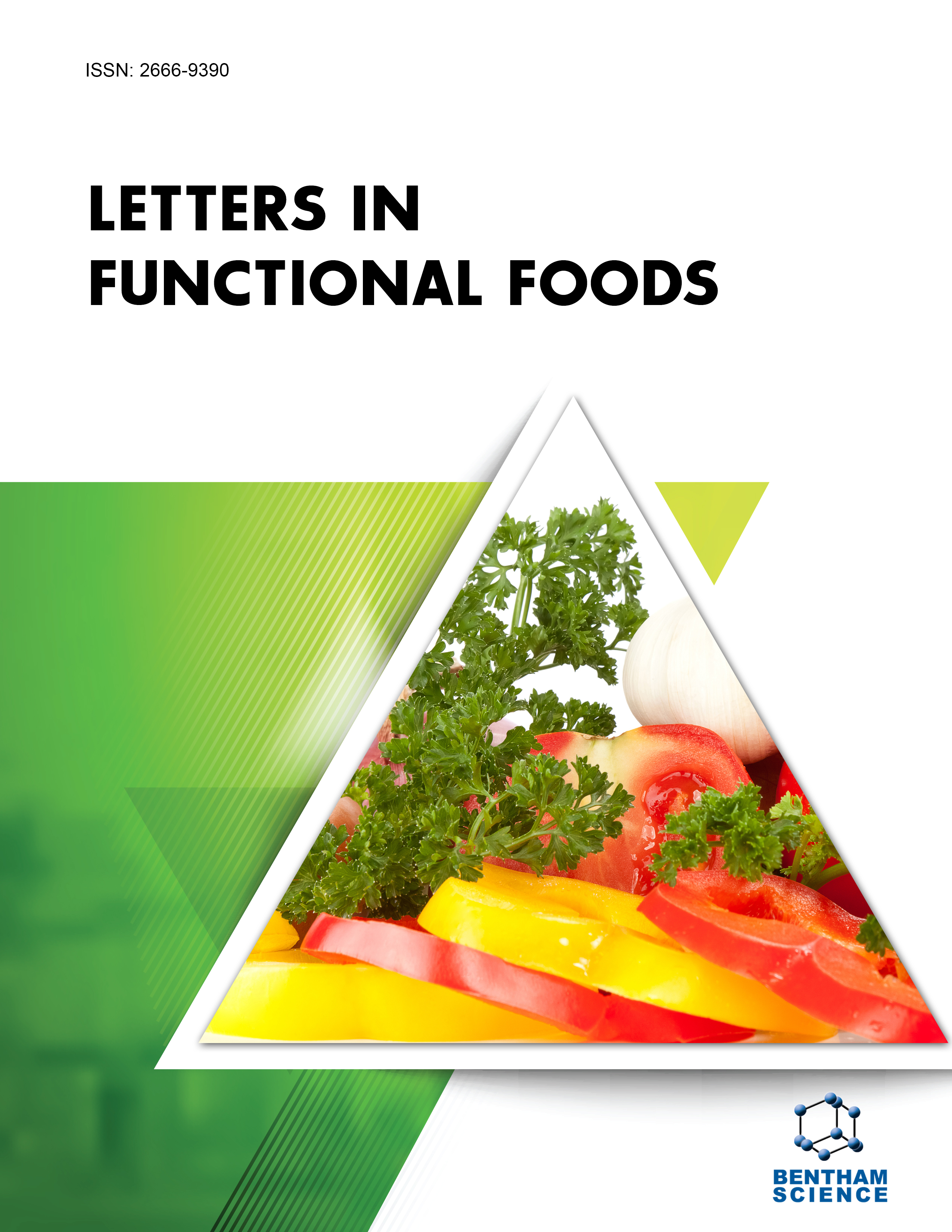
Full text loading...
We use cookies to track usage and preferences.I Understand
The human gut microbiota is part of a delicate ecosystem that also involves the individual in which it is hosted and the environment. Humans and their gut microbiota depend on each other to maintain good health, but many external factors can contribute to the disruption of this balance and lead to diseases. Pesticides are a good example of environmental pollutants to which humans are exposed on a daily basis, mainly through diet. As a result, the composition and functionality of the gut microbiota can be compromised, as the gastrointestinal tract is the first physical and biological barrier with which they interact. Finally, through multiple and complex mechanisms, all this has repercussions on the health status of the host, and the adverse effects of this gut microbiota–pesticide interaction can manifest themselves in various ways, such as alteration of the diversity and abundance of the different bacteria, both beneficial and pathogenic, that colonize the gastrointestinal tract, metabolic and endocrine disorders, inflammation, dysregulation of the immune system and neurological disorders, among many others. Therefore, this work aims to summarize the latest scientific evidence on the effects of pesticides on the gut microbiota and the possible implications for human health as well as animal models and in vitro cultures on which the different tests are carried out.

Article metrics loading...

Full text loading...
References


Data & Media loading...

